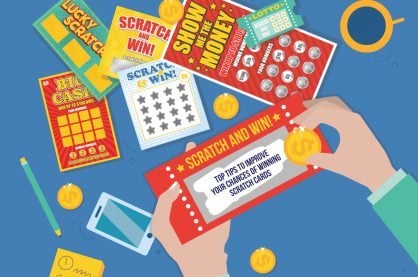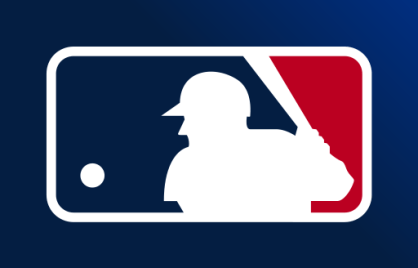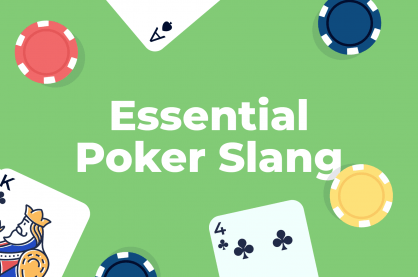The Sneaky Tricks Social Media Has Stolen From Casinos

From a young age, we all love pressing buttons. For older generations, this was limited to lighting up every floor in the elevator and a few other gizmos and gadgets.
Today, we have all seen the entranced toddler fixated on an iPad, navigating it almost as skillfully as their parents do. That same fixation of course extends to nearly all modern adults, who on average check their phones over 80 times a day.
While technology has of course progressed, so too has our understanding of how to make that technology more and more engaging. Companies shell out millions of dollars researching how to make devices, apps, and other products that command more of our attention and time, keeping us hopelessly hooked. The new currency of today is attention, and it’s a battle that most of us are losing despite being well-aware what’s going on.

One of the first masters at winning this was the casino industry, long-famous for the little details in its facilities (such as placing the bathrooms a long walk past all the gaming machines, mesmerizing and mellow carpet patterns, and the absence of clocks or windows) designed to keep guests playing longer.
Now, social media outlets are looking to casinos for pointers on how to keep their own users engaged and entranced, longer.
The Science of Addiction
A game, be it in a casino or otherwise, is rarely ever fun if you win every time. Uncertainty is partly what makes watching your favorite sports team, checking social media, or playing a slot machine so addicting.
Like how pulling a slots’ lever (or pushing a button) leads to a few suspenseful seconds before seeing if you’ve hit it big or not, refreshing your Facebook or Instagram feed after making a new post to see if you got any likes has an element of uncertainty. There’s no technical reason for this delay of a few seconds on your social apps, it’s done on purpose to give you a sense of anticipation.
There is a tangible risk/reward: you win money with a successful combination or you lose; you feel the validation of your friends’ approval or you feel the embarrassment of having posted something deemed not worthy of others’ attention.
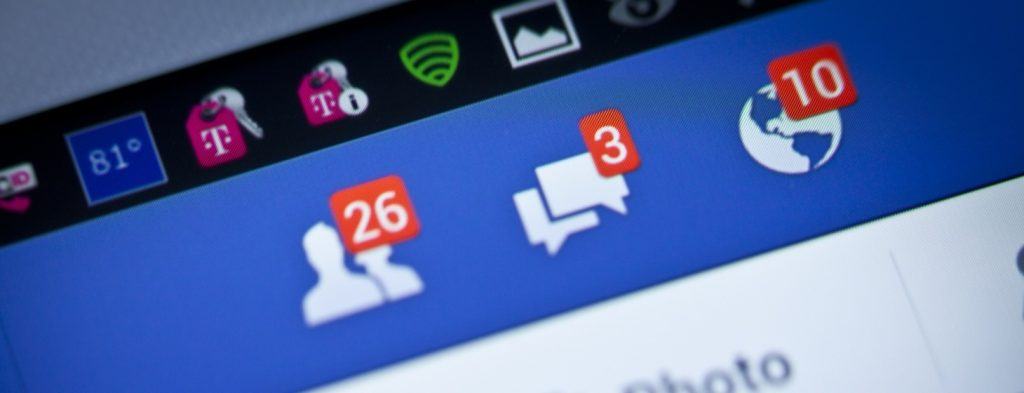
These successful payoffs release dopamine, a neurotransmitter or chemical in our brain that is released when something pleasurable happens to us, be it eating something tasty, seeing three BAR symbols line up, or logging on to Facebook and getting a ‘bingo’ (a like, message, and notification all at once).
The Feedback Loop
Researcher B.F. Skinner did a famous experiment that had pigeons press a button in hopes of receiving food in return. When the amount of food was randomized, the pigeons pressed the lever exponentially more compared to when the amount of food stayed the same.
Similarly, the effort to answer the unknown variable of ‘will I ______ this time?’ keeps us coming to back to both casino games and social media.
When ‘successes’ are tied to other pleasurable effects (such as the friendly dings and chimes of slots or a pop-up saying our new photo got 60 likes), the pull becomes even stronger.
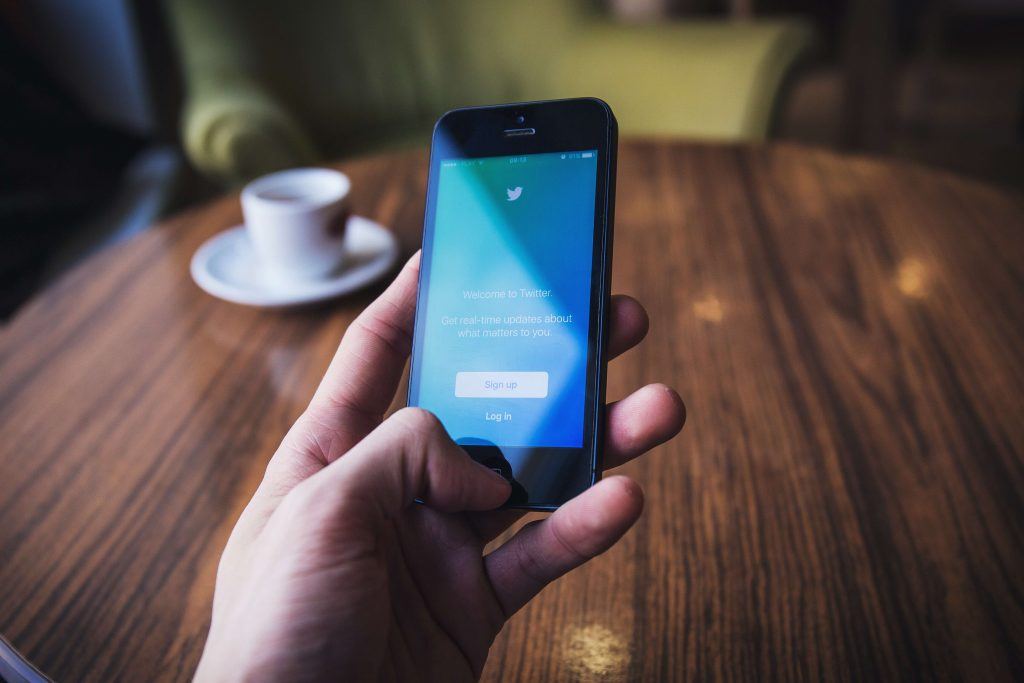
“You can start chasing that good feeling or chasing that excitement and over-invest in it,” says psychologist Dr. Scott Bea. “And just like with a gambler’s addiction, you don’t get paid off every time. You only get paid off once in a while and that makes a strong allegiance to that slot machine.”
But it’s a fine line between rewarding the user too much and not enough. According to MIT professor and gambling researcher Natasha Schüll, “Too-big wins have been shown to stop play because it’s such an intense shift in the situation that you’ll kind of pause, you’ll stop, you’ll take your money and leave,” she says. “Stretching out gameplay with minor rewards allows you to get in the flow of, another little win, another little win.”
Facebook, Twitter, Instagram, and all the rest know that users logging in and seeing nothing new is bad for business. That’s why they’ve taken to creating more ‘events’ to notify you about, such as things all your friends are tweeting about, that a distant acquaintance in your network just joined the platform, or even that you haven’t posted in a while.
Provided you’re not a social media superstar, you probably know deep down that a fair amount of times you go to click that red ‘1’, behind it will be only these types of menial alerts.
But the chance that it could be an invitation to a party, a friend sharing a #tbt photo of you and them, or even a message from a crush makes it irresistible to not click and find out.
The Magical Formula
All of us have likely browsed through an online store, then switched over to social media where miraculously, we see the same product we were just shopping for displayed to us in a featured ad.
It’s not a coincidence of course, but the result of an elaborate algorithm dependent upon your activity while logged into social media platforms that track their users’ behavior.
How much user information social media platforms should have access to (and what they can do with it) has long been disputed.
The majority don’t seem to be bothered by having their information harvested and sold to marketing companies, as long as their user experience remains pleasurable and non-threatening to their personal life.
But tech companies collecting and using information about their users to their advantage is nothing new and something casinos have already been doing for decades.
Since their introduction in 1985, many casinos issue magnetic cards which make it both quicker and easier to play games like slots and video poker. But these cards also track data about what games users play, the size of their bets, how much they typically win (or lose) before quitting for the day, and even what kind of bonus incentives are most effective at keeping them seated.
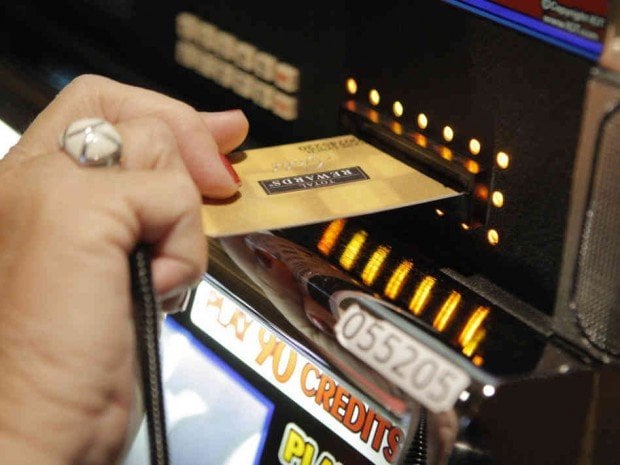
These bonuses are often part of casinos’ large reward programs, where users collect points for the more hours they play and money they spend and can later be redeemed for prizes, food, or free play vouchers to try and win even more with.
Often, reward programs are broken into tiers of increasing status with the top ‘gold’ or ‘platinum’ level offering lavish privileges like access to the casino’s VIP room.
The Gamification of Everything
If this reward-system concept sounds familiar, that’s because it’s one exploited by many successful game apps and social media platforms.
‘Gamification’ is what gives us a greater purpose for playing. In casinos, it’s to win money and gain player points that push us into that next tier of special benefits. In many games, this means defeating more enemies or gaining more experience points so you can upgrade your skills in order to take on increasingly-challenging levels.
In social media, it’s the status, prestige, and privileges that come with being well-liked and followed.

For the early days of Uber, it meant offering free rides to anyone that shared the app with a friend. In navigation apps like Waze or health apps like Nike+, a public leaderboard honors the most active users and by virtue pressures less prolific ones to engage more.
While the ‘press and see’ nature of slots was enough to always have it be a fun side-diversion at casinos, adding gamification elements (and more immersive effects) has turned the machines into the casino industry’s main breadwinner: according to Andrew Thompson of the The Verge, up to 80% of casinos’ revenue comes from slots compared to less than 50% in the 1970s.
The Student Becomes the Master
With casinos’ main demographic aging, it’s time for casinos to look at social media to figure out how to get new players interested in gambling. While that’s a billion dollar (quite literally) question, the answer undoubtedly lies somewhere in social media.
Several gambling-related organizations, including slot manufacturer IGT and Churchill Downs Incorporated, have already made investments into mobile gaming companies that can tie into popular social media platforms.
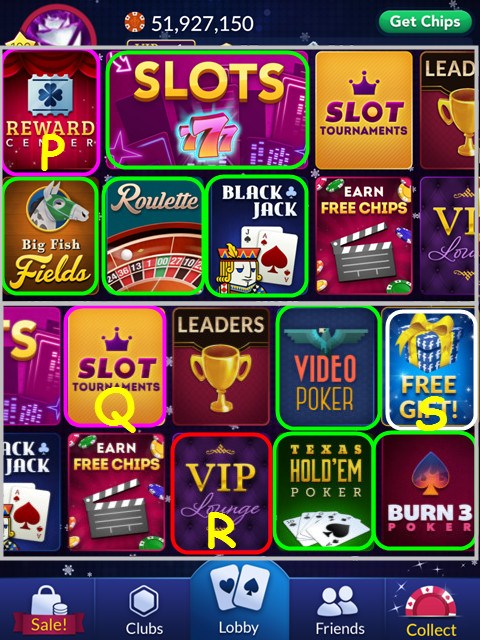
You’ve probably even been invited by an aunt or uncle to play Facebook games like Zynga Poker or Big Fish Casino at least once. While there’s no outright real money wagering on these apps, they show online casinos what social integration in their own platforms could look like someday.
And when that day comes, a good number of us will probably find ourselves entranced all over again.
